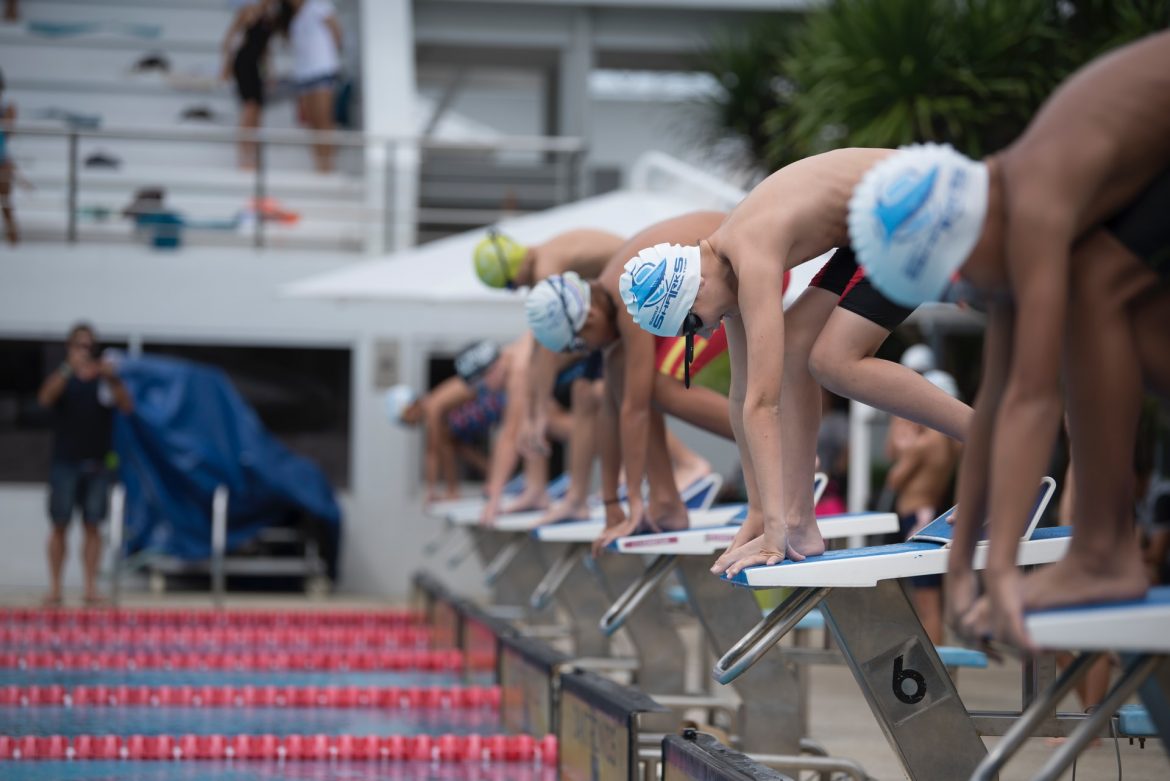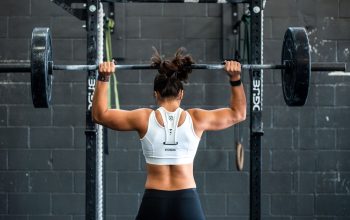The finest swimmers achieve faster swimming by making each stroke more effective rather than simply increasing their strokes per second.
Reducing drag while optimizing buoyancy, physical fitness, and stroke efficiency are the keys to maximizing swimming speed. To put it another way, it’s all about making the most of your money. Consider this: If you were creating a Swim Coaches Formula One racecar, you would want to reduce wind resistance, fit the most potent engine available, and outfit it with a drivetrain that could exert as much of that power as possible on the circuit.
Let’s now examine the front crawl, also known as the freestyle, which is the most effective stroke for transforming you into a streamlined machine of efficiency.
Effective breathing is ensured and drag is reduced with a good head position. If your head is floating too high or too low in the water, you might as well wear a bowling ball around your neck that weighs 25 pounds (11.3 kilograms). When you swim correctly, the water should break just over your forehead. Avoid turning your head more than 90 degrees while inhaling because doing so strains your muscles and slows you down.
To reduce drag and increase the efficiency of your stroke, maintain good posture and balance on your center of buoyancy. Normally, your buoyancy center is located close to the sternum in your chest. Keeping your balance while raising your hips—the main source of your swimming power—in the water requires pushing your upper chest outward.
 For many swimmers, kicking is a common point of weakness. If done incorrectly, it not only consumes a lot of energy but can also make you move more slowly. Keep your legs close together whether you’re using a crossover kick for distance or a flutter kick for speed. It might be beneficial to see yourself swimming through a series of little, floating rings.
For many swimmers, kicking is a common point of weakness. If done incorrectly, it not only consumes a lot of energy but can also make you move more slowly. Keep your legs close together whether you’re using a crossover kick for distance or a flutter kick for speed. It might be beneficial to see yourself swimming through a series of little, floating rings.
Ultimately, moving more water with each stroke is the secret to swimming faster. If all else is equal, the more water you move, the more power you transmit, and the faster you go. First, be sure that every stroke you take maximizes your extension. Reach forward and extend your arm as far as it will go. To maximize the volume of water your arm “pulls” throughout the stroke, your arm should travel in toward your bellybutton and then out again (the “hourglass pull”) [source: Kostich]. It should feel like you’re climbing a ladder made of “solid” water rungs if you’re doing it correctly. When you have finished your stroke, extend your arm downward. Just before your hand exits the water, it should touch against your thigh.
Your body will naturally desire to spin as you move one arm through a stroke and advance the other. Let it. Get a sense of this rhythm. Your body should twist to the right while your right arm extends forward, getting ready for your subsequent stroke. As you start to raise your left arm out of the water, your left side should also break the surface. You will rotate about one-third of a circle in total from stroke to stroke. Keep your breath during both strokes (bilaterally).




